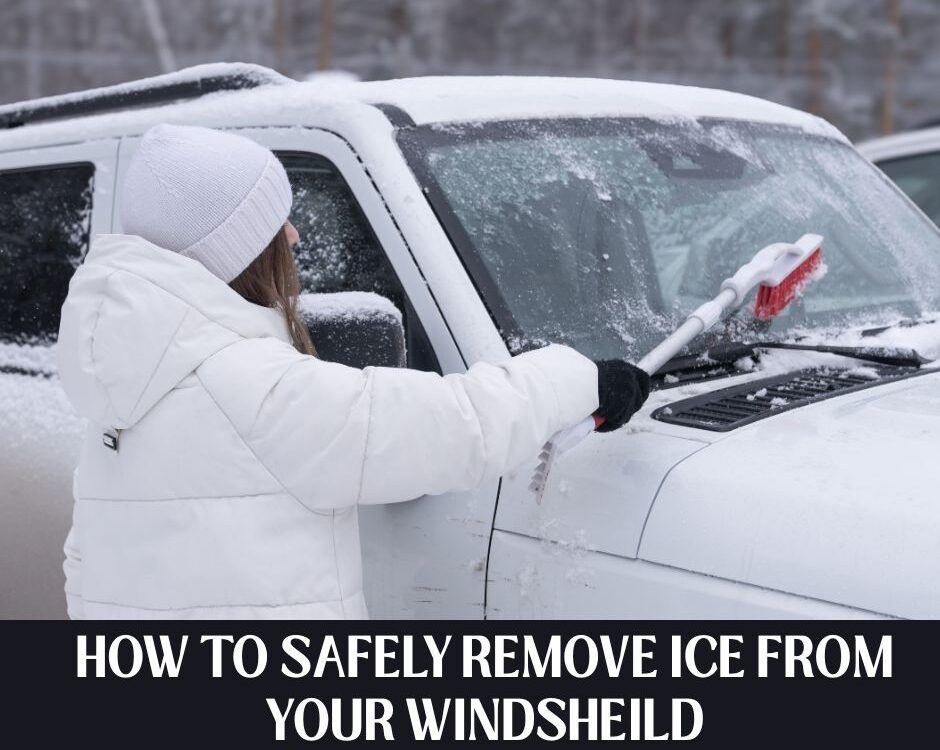Wax That Car!

Eat A Peach!
September 25, 2024
Spinal Stenosis and MVA’s
September 25, 2024- Accident doctor
- accupuncture
- airplane headache
- alzheimer's
- best habits
- Brain Injuries
- car accident
- car accidents
- cervical strain
- colds
- concussion
- Concussions
- disc bulge
- dosage meds
- dry needling
- dull pain
- E bike injuries
- florida
- good posture
- headaches
- Headrest positions
- Headrest positions after an accident
- Healthy choices
- Healthy flying
- healthy gift guide
- Healthy SPring Ideas
- hip pain
- hyperextension
- injury doctor
- insurance
- Kayaking
- kentucky
- kids motion sickness
- lifestyle
- motion sickness
- neck injury
- no fault insurance doctor
- noise healing
- osteoporosis
- pain symptoms
- pink noise
- posterior chain
- posture
- prevent osteoporosis
- Rest
- Scoliosis
- shoulder pain
- Stress with kids after a motor vehicle accident
- TBI
- tips
- tmj
- torn muscle
- Traumatic Brain Injury
- trigger points
- VitaminD
- What are Post Traumatic headaches?
5 Signs to Know Your Car Needs Waxing
Keeping your car looking its best requires more than just regular washes. It also needs to be waxed to maintain its paint. Waxing protects your car’s paint, adds a nice shine, helps repel water, dirt, grime and whatever you picked up while driving. The big question is how do you know when it is time to apply a fresh coat of wax? Dr. Aaron Workman of Chambers Medical Group, one of the highest rated car accident medical care programs in Kentucky, explores some key signs and simple tests to help you determine when your car needs waxing.
1. Water Beads Are Fading
One of the easiest ways to tell if your car needs waxing is by observing how water behaves on its surface. After a good rain, walk through your neighborhood and look at the hoods and tops of different vehicles. A properly waxed car will cause water to bead up and roll off the paint, creating small round droplets. This happens because the wax creates a protective, hydrophobic layer that repels water. It only lasts a certain amount of time then starts to wear off. Vehicles without beads of water need to be waxed. This is best viewed after a good rain or during a car wash.
2. The Paint Feels Rough
Another simple test is to run your hand over the surface of your car’s paint. A car that is properly waxed will feel slick to the touch. If the paint feels rough or gritty, it is a sign that things like dirt, pollens, and pollutants have gotten into the paint. This means the wax has already worn off and now your paint is open to the elements. It makes your car more likely to scratch, oxidation will occur faster and makes the paint harder to clean. If you do not wax at this point, you are on your way to clear coat problems.
3. The Car Looks Dull
A properly waxed car has a shiny finish that makes the paint pop. Over time, as the wax wears away, your car’s paint will begin to lose its shine and look faded. This is a little more noticeable in darker colored cars, where a loss of shine can make the paint appear flat. Wax helps restore that deep, mirrored, glossy shine by filling in minor imperfections and enhancing the color of your car’s paint.
4. It has Been a While
There are visual and tactile clues that your car needs waxing, but it is also a good idea to keep track of how long it has been since your last application. Generally, most waxes last between 4 weeks to 6 months, depending on the type of wax and the environmental conditions your car is exposed to. If it has been longer than that since your last wax, it is probably time to reapply. If your car is mostly garaged or kept out of the elements, you may be able to extend time between waxing. When you wax, go ahead and send yourself a text that you waxed your vehicle. This will allow you a digital note of what you did and the date you did it. You could even make yourself a reminder in 6 months “The car needs to be waxed”.
- Difficult to Clean
It is so much easier to wash a car that is properly waxed. If your car needs to be washed a couple of times just to look clean, it is likely time to give it a wax. When that protective wax layer wears off, dirt and grime tend to stick to the paint more easily. The slick surface created by the wax repels dirt and water, meaning you can rinse off grime more easily with just a hose or a simple wash.
Knowing when to wax your car is important if you want to protect your paint but also keep it looking great. If your water is not beading, the surface feels like gritty sandpaper, or it is just difficult to clean, it is time to apply a new layer. Regular waxing every 4-6 months will ensure that your car remains protected, shiny, and easy to maintain. Now go out and enjoy looking at all the different types of wax available.
— This article is written by Aaron Workman, DC, one of the members of Chambers Medical Group’s team of car accident chiropractors who offer a variety of treatments and therapies ranging from diagnostic testing to various soft tissue therapies for car accidents and injuries in Kentucky.
- Car Accident Medical Clinic in Tampa
- Car Accident Medical Clinic in Plant City
- Car Accident Medical Clinic in Brandon
- Car Accident Medical Clinic in Lakeland
- Car Accident Medical Clinic in Sarasota
- Car Accident Medical Clinic in Louisville
- Car Accident Medical Clinic in Lexington
- Car Accident Medical Clinic in Florence




